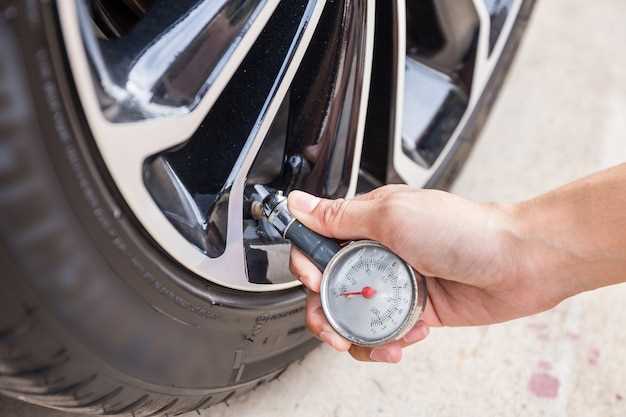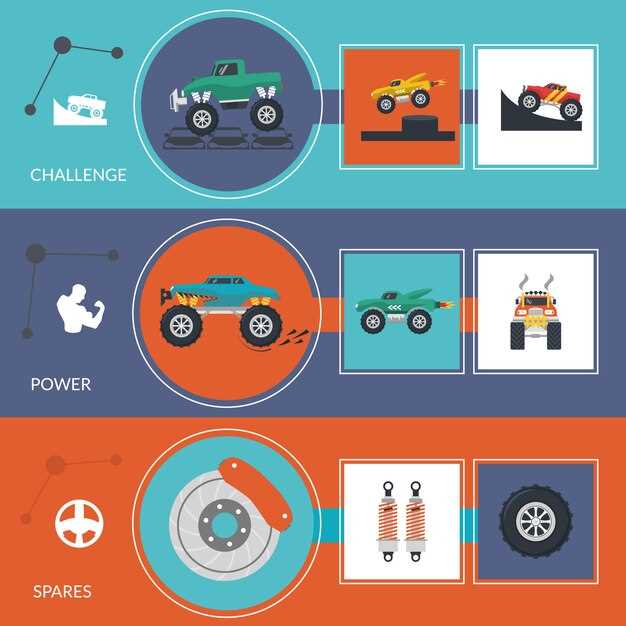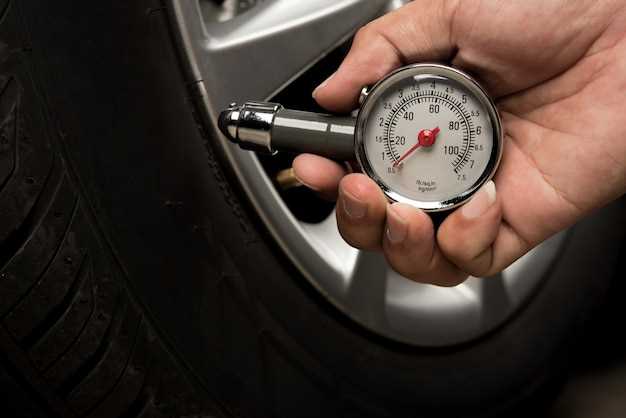
In the world of off-road driving, suspension systems play a crucial role in determining a vehicle’s handling, comfort, and overall performance. Whether navigating rocky trails or tackling uneven terrain, the quality of your suspension setup can significantly influence your driving experience. Proper tuning of these systems not only enhances traction but also contributes to stability and safety in challenging environments.
Achieving the right balance in off-road suspension settings requires a deep understanding of the unique demands imposed by different terrains. Each off-road situation–from deep sand to muddy trails–calls for specific adjustments to ensure optimal vehicle control. By focusing on quality components and meticulous tuning, drivers can maximize their vehicle’s capabilities and enjoy a smoother journey through the toughest obstacles.
This article explores the key factors involved in optimizing off-road suspension settings, providing practical insights and actionable tips. Whether you’re an avid off-roader or a casual adventurer, learning how to fine-tune your suspension could be the difference between a thrilling ride and a frustrating experience.
Adjusting Damping Settings for Optimal Terrain Response
Adjusting damping settings is crucial for achieving optimal ride quality and control in off-road environments. Damping refers to the ability of the suspension system to absorb and dissipate energy generated by bumps, dips, and obstacles. Proper tuning of these settings allows drivers to maximize traction and maintain vehicle stability across varied terrains.
There are two primary types of damping: compression and rebound. Compression damping controls how quickly the suspension compresses when encountering a bump, while rebound damping determines how fast the suspension returns to its neutral position after being compressed. Adjusting these settings helps tailor the suspension’s performance to specific terrain conditions.
For rough and uneven surfaces, increasing the compression damping can prevent bottoming out and enhance stability. However, too much compression damping might hinder wheel travel, reducing traction. On the other hand, reducing rebound damping can facilitate quicker wheel recovery, improving traction on uneven ground. Striking a balance between these settings is essential for achieving an optimal ride.
In soft terrains, such as mud or sand, softer damping settings generally allow for better tire compliance, promoting grip. Conversely, on hard-packed surfaces or rocky trails, firmer settings help maintain control and minimize body roll, thus stabilizing the vehicle during sharp turns or sudden maneuvers.
Regularly assessing and adjusting damping settings based on changing terrain conditions is vital for ensuring your suspension delivers the performance required for optimal control. Utilizing adjustable shocks or struts enables fine-tuning that can significantly impact your off-road experience, allowing for smoother rides and better overall handling.
Tuning Spring Rates for Improved Ride Comfort

Optimizing spring rates is a crucial aspect of enhancing the ride quality in off-road vehicles. Proper tuning can significantly improve comfort and handling, resulting in a smoother experience over rough terrains. Here are key considerations for tuning spring rates:
- Understanding Spring Rates: The spring rate determines how much weight a spring can support while compressing. A correctly matched spring rate will absorb impacts effectively, contributing to an overall better ride quality.
- Assessing Vehicle Weight: Before adjusting spring rates, it’s essential to know the weight of your vehicle. Heavier vehicles often require stiffer springs to prevent bottoming out, while lighter ones may benefit from softer springs.
- Terrain Consideration: Different terrains demand varying suspension settings. Softer springs can improve comfort on bumpy roads, while stiffer springs may be optimal for rocky or uneven landscapes.
- Driver Feedback: Collecting feedback from drivers can guide spring rate adjustments. Not all individuals have the same preferences; some may prioritize comfort, while others might lean towards performance.
- Testing and Tuning: After selecting initial spring rates based on the above factors, testing is vital. Take the vehicle on different terrains and note any comfort issues. Adjust the rates incrementally and repeat the tests until an ideal balance is achieved.
- Consider Dual-Rate Springs: For superior comfort, consider dual-rate springs which offer a softer initial compression followed by a stiffer rate. This design can significantly improve ride quality while maintaining control.
In summary, tuning spring rates requires a careful balance between ride comfort and vehicle performance. By assessing the vehicle’s weight, the typical terrain, and incorporating driver feedback, you can achieve optimal spring settings that enhance the overall ride quality.
Fine-Tuning Alignments for Enhanced Tire Grip

Effective tuning of alignments is crucial for optimizing off-road suspension settings, as it significantly impacts tire grip and overall ride quality. Proper alignment ensures that the tires make maximum contact with the terrain, allowing for better handling and stability during various off-road conditions.
The primary alignment parameters include camber, caster, and toe. Adjusting camber angles can enhance cornering grip; negative camber helps tires maintain contact during turns, while positive camber may reduce grip but increase straight-line stability. Tailoring these angles to match your off-road driving style will yield the best results.
Caster angle plays a vital role in maintaining steering feel and stability. A more positive caster can improve straight-line tracking and help the driver maintain control over rough terrain. However, excessive positive caster can increase steering effort, especially at lower speeds. Finding the right balance is essential for an enjoyable ride.
Toe alignment affects how tires point in relation to the vehicle’s centerline. A slight toe-in can enhance stability during acceleration and deceleration, while toe-out might improve turning responsiveness. For off-road applications, minor adjustments to toe can contribute significantly to grip and control, ensuring the tires respond appropriately to uneven surfaces.
Continuous testing and adjustment on different terrains are critical for refining these settings. Regularly evaluating how each parameter influences tire performance will help drivers achieve optimal suspension tuning, leading to improved grip and a better overall off-road experience.




